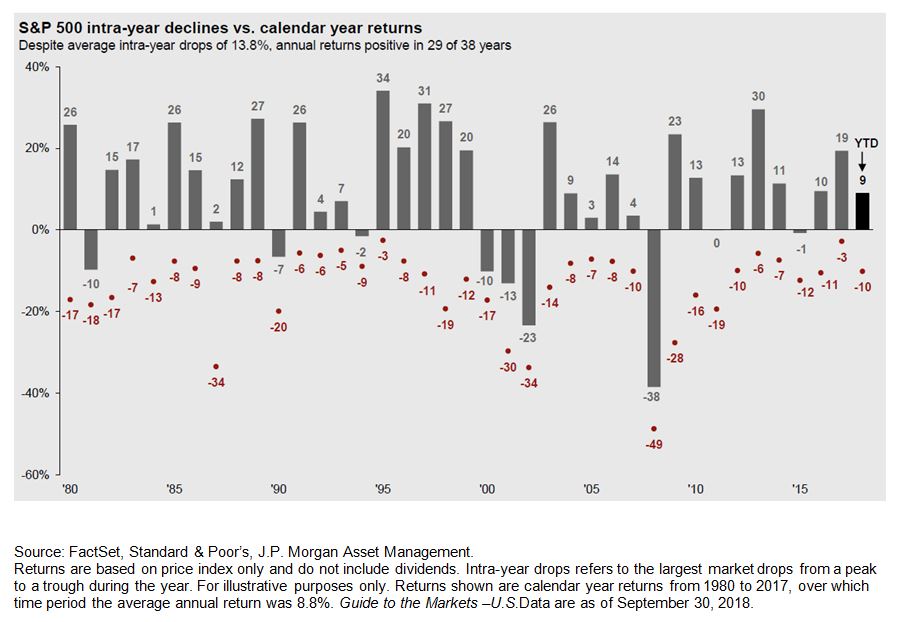4 Tax Changes You Should Know About for 2020
/By: Al Ryerson
It’s a new year, and with it comes new tax guidelines. At the start of the new decade, the IRS has made adjustments to a number of points, ranging from the amount of money you can contribute to your 401(k) retirement plan to the income tax brackets that help you determine your tax rate.
Here are a few changes you should know about for 2020:
STANDARD DEDUCTION
When filing your federal tax return, you may either take the standard deduction or itemize deductions on your tax return in order to reduce your taxable income. In 2020 the standard deduction has risen to $12,400 for single tax filers, $24,800 for married couples filing jointly and $18,650 for heads of households.
Remember, although using the standard deduction is easier than itemizing, it’s worth seeing if itemizing will save you money. Taking the standard deduction means you won’t be deducting home mortgage interest or other popular tax deductions such as medical expenses or charitable donations. Work with your tax preparer to identify what itemized expenses may qualify. If your standard deduction is more than your itemized deductions, it might be worth it to take the standard deduction and save some time.
Note: Although it might make sense to take the standard deduction for federal tax purposes, it may still be appropriate to itemize your deductions for state tax purposes.
CONTRIBUTIONS TO RETIREMENT ACCOUNTS
The IRS has raised the employee contribution limit for 401(k) and 403(b) plans to $19,500 – an increase of $500 from 2019. Savers age 50 and older can contribute an additional $6,500 as part of their “catch-up” contributions, up from $6,000 in 2019.
Contribution limits for IRA & Roth IRA accounts remain the same at $6,000 (plus an additional $1,000 for individuals age 50 and over).
HEALTH SAVINGS ACCOUNTS
If you are eligible for an HSA (Health Savings Account) you have the opportunity to put aside pre-tax, or tax-deductible, dollars which can be withdrawn tax-free to cover qualified health expenses.
Health Savings Accounts are a tax-advantaged account for which the contribution limits generally increase year after year with inflation. This year, the 2020 limits have increased to $3,550 for individual coverage, and $7,100 for accounts covering a family plan.
HSA bonus – the monies in your account remain available for you from year-to-year. They are not subject to annual forfeiture like a Flexible Spending Account (FSA).
GIFT & ESTATE TAX
As you may remember, in 2019 the Tax Cuts & Jobs Act nearly doubled the amount of assets allowed for decedents to gift over their lifetime - and shield from federal estate and gift taxes. In 2020 the lifetime gift and estate tax exemption increased slightly to $11.58 million per individual. An individual can leave $11.58 million to heirs and pay no federal estate or gift tax, while a married couple will be allowed to gift $23.16 million.
The annual gift exclusion – the amount you can gift to another person without it counting against your lifetime exemption – remains at $15,000 annually. Remember - a husband and wife can each make $15,000 gifts, doubling the impact. Separately, you can make unlimited payments to medical and tuition expenses on behalf of others if paid directly to the institutions.
Disclosure: Gilbert & Cook, Inc. does not offer tax or legal advice. You should consult with an attorney for legal advice and a qualified tax professional for tax advice.
About the Author
Al Ryerson, ASA
Lead Strategist
As a Lead Strategist at Gilbert & Cook, Al focuses on the complex business and personal financial inter-relationships of our clients.
Contact Al Ryerson: aryerson@gilbertcook.com
















